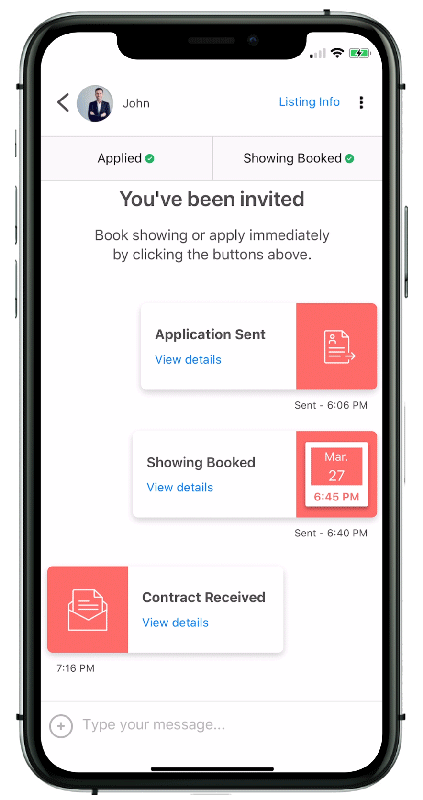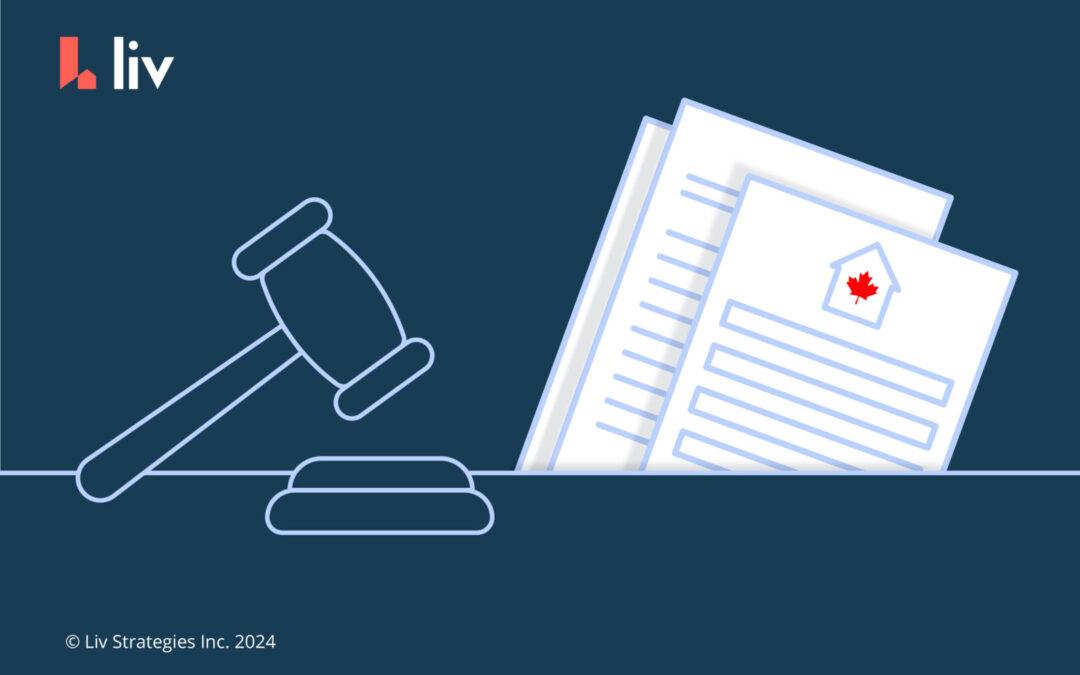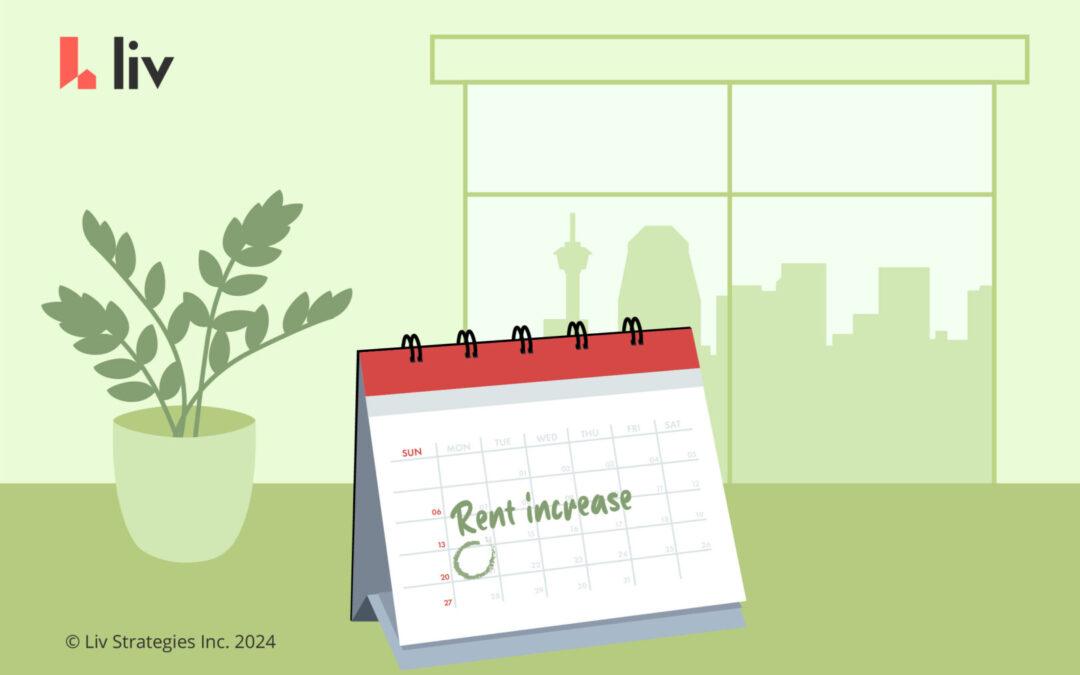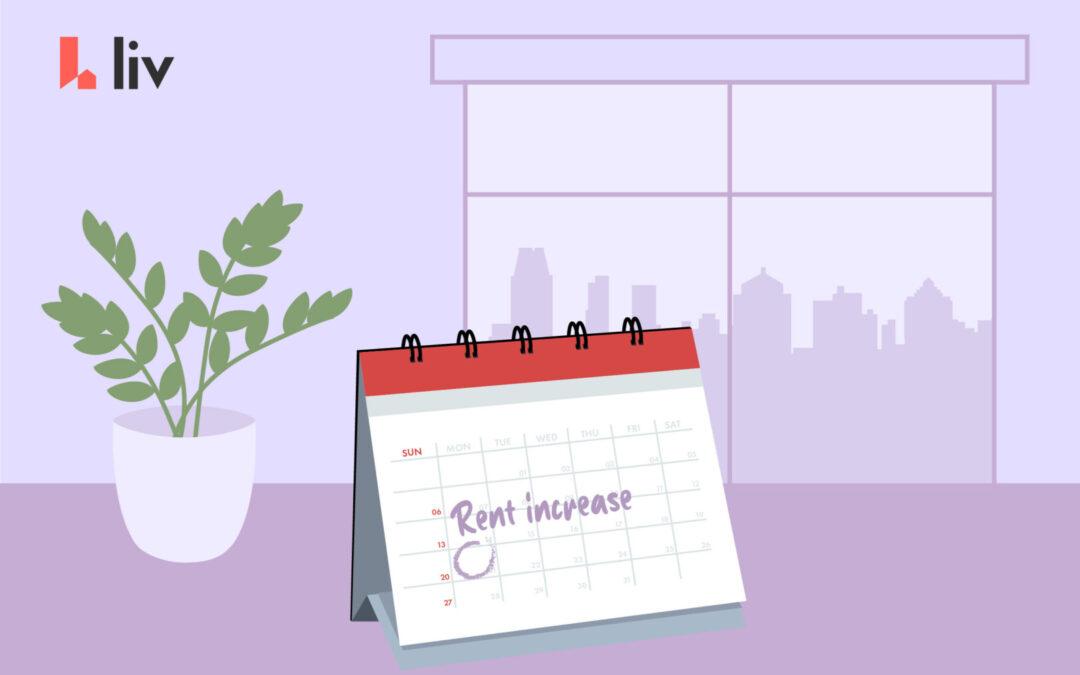Despite their best efforts, landlords and tenants can sometimes find themselves in the middle of a dispute. These disputes can range from minor issues to more significant conflicts that require legal intervention. To ensure a fair and efficient resolution, both parties need to be aware of the dispute resolution process in their respective provinces. In this comprehensive guide from liv.rent, we’ll explore the dispute resolution processes in B.C., Ontario, and Alberta, providing valuable insights and tips for landlords and renters alike.
Join Our Newsletter
For more info on rental laws and policies (e.g. eviction, lease agreements, repairs & maintenance), subscribe to get the latest news.
What is dispute resolution?
Dispute resolution is the process of resolving conflicts or disagreements between individuals – in this case, landlords and tenants. This process typically involves mediation, negotiation, and, if necessary, legal intervention.
Disputes in the rental industry can arise from various issues, such as unpaid rent, property damage, lease violations, or disagreements over lease terms. Resolving these disputes through the proper channels is crucial to maintaining a healthy landlord-tenant relationship and ensuring the protection of the rights and interests of both parties.
The specific dispute resolution processes in Canada may vary depending on the province or territory. In this guide, we will focus on the dispute resolution processes in British Columbia, Ontario, and Alberta.
The dispute resolution process by province
How disputes are resolved varies by province and there are different governing bodies landlords and tenants will need to go through. To help renters & landlords in B.C., Ontario, and Alberta better understand the steps they need to take toward dispute resolution, we’ve broken the process down by province with the key information you need to know for each.
Dispute resolution in British Columbia
In British Columbia, the Residential Tenancy Branch (RTB) is responsible for overseeing the dispute resolution process for residential tenancies. The RTB is an independent agency that provides information, dispute resolution services, and education to landlords and renters throughout the province.
The Residential Tenancy Branch
The Residential Tenancy Branch offers a comprehensive dispute resolution process to help landlords and renters resolve their conflicts. This process is designed to be accessible, efficient, and cost-effective.
To initiate the dispute resolution process, either the landlord or the renter must complete and submit an application to the RTB. The application should include information about the dispute, supporting documents, and any relevant evidence.
Filing a Dispute
When filing a dispute with the RTB, it’s essential to provide accurate and detailed information about the issue at hand. This includes providing a clear description of the problem, supporting documentation, and any communication records related to the dispute.
After receiving the application, the RTB will review the case and determine if it falls within their jurisdiction. If the dispute is eligible for resolution through the RTB, the parties involved will be invited to a dispute resolution hearing.
Mediation
Mediation is often the first step in the dispute resolution process. During mediation, a neutral mediator will facilitate a discussion between the landlord and the renter to explore potential solutions and reach a mutual agreement.
Mediation is a voluntary process, and both parties must agree to participate. The mediator does not make decisions but helps the parties communicate effectively and find common ground. If an agreement is reached during mediation, it can be formalized in writing and become legally binding.
Arbitration
If mediation is unsuccessful or not chosen as the dispute resolution method, the case may proceed to arbitration. Arbitration is a more formal process where an independent arbitrator reviews the evidence and makes a binding decision.
During arbitration, both the landlord and the renter will have an opportunity to present their case and provide evidence to support their arguments. The arbitrator will carefully consider the facts, relevant laws, and any other applicable factors before issuing a decision.
Enforcing Decisions
Once an arbitration decision is made, it is legally binding, and both parties must comply with the terms outlined in the decision. If either party fails to comply, the other party can seek enforcement through the courts.
It’s important to note that the RTB does not have the authority to enforce its own decisions. However, the RTB‘s decisions can be filed in court, and if approved by the court, they can be enforced like any other court order.
Dispute resolution in Ontario
In Ontario, the Landlord and Tenant Board (LTB) is responsible for handling disputes between landlords and tenants. The LTB is an independent tribunal that provides dispute resolution services for residential tenancies in the province.
The Landlord and Tenant Board
The Landlord and Tenant Board offers a streamlined dispute resolution process to help landlords and tenants resolve their conflicts efficiently. The LTB aims to provide fair and balanced decisions while ensuring the protection of the rights of both parties.
Filing an Application
To initiate the dispute resolution process with the LTB, either the landlord or the tenant must file an application. The application form can be obtained from the LTB’s website or in-person at one of their offices.
The application should include relevant information about the dispute, such as the names of the parties involved, the address of the rental unit, a description of the issue, and any supporting documents or evidence.
Mediation and Hearing
After filing the application, the LTB may offer mediation as a first step in the dispute resolution process. Mediation is a voluntary process where a trained mediator helps the parties find a mutually acceptable resolution.
If mediation is unsuccessful or not chosen, the case will proceed to a hearing. At the hearing, both the landlord and the tenant will have an opportunity to present their case, call witnesses, and provide evidence to support their arguments.
The LTB member presiding over the hearing will consider the facts, relevant laws, and any other relevant factors before making a decision. The decision will be communicated to both parties in writing.
Obtaining an Order
Once the LTB issues an order, it is legally binding, and both the landlord and the tenant must comply with its terms. If either party fails to comply, the other party can seek enforcement through the courts.
It’s important to note that the LTB does not have the authority to enforce its own orders. However, the orders can be filed in court, and if approved by the court, they can be enforced like any other court order.
Dispute Resolution in Alberta
In Alberta, the Residential Tenancy Dispute Resolution Service (RTDRS) is responsible for resolving disputes between landlords and tenants. The RTDRS is an alternative to court proceedings and provides a more accessible and cost-effective option for dispute resolution.
Residential Tenancy Dispute Resolution Service
The Residential Tenancy Dispute Resolution Service offers a simplified and efficient process for resolving disputes. The RTDRS aims to provide a fair and impartial forum for landlords and tenants to present their cases and reach a resolution.
Filing a Dispute Resolution Request
To initiate the dispute resolution process with the RTDRS, either the landlord or the tenant must file a Dispute Resolution Request form. The form can be obtained from the RTDRS website or in person at one of their offices.
The Dispute Resolution Request form should include detailed information about the dispute, such as the names of the parties involved, the address of the rental unit, a description of the issue, and any supporting documents or evidence.
Mediation and Hearing
After filing the Dispute Resolution Request, the RTDRS may offer mediation as a first step in the process. Mediation is a voluntary process where a trained mediator helps the parties find common ground and reach an agreement.
If mediation is unsuccessful or not chosen, the case will proceed to a hearing. At the hearing, both the landlord and the tenant will have an opportunity to present their case, call witnesses, and provide evidence to support their arguments.
The RTDRS officer presiding over the hearing will consider the facts, relevant laws, and any other relevant factors before making a decision. The decision will be communicated to both parties in writing.
Resolving the Dispute
Once the RTDRS issues a decision, it is legally binding, and both the landlord and the tenant must comply with its terms. If either party fails to comply, the other party can seek enforcement through the courts.
It’s important to note that the RTDRS does not have the authority to enforce its own decisions. However, the decisions can be filed in court, and if approved by the court, they can be enforced like any other court order.
Tips for a successful dispute resolution process
Resolving disputes between landlords and renters can be a challenging and stressful process. However, there are several tips that both parties can follow to increase the chances of an amicable resolution and minimize conflicts.
- Maintain clear communication — Clear and open communication is key to resolving disputes effectively. Both landlords and tenants should strive to maintain respectful and constructive communication throughout the process. This includes actively listening to each other’s concerns, asking clarifying questions, and seeking common ground.
- Document everything — Keeping detailed records of all interactions, agreements, and disputes is crucial. This includes written correspondence, emails or messages, photographs, and any other relevant documentation. Using a digital rental platform like liv.rent is a great way to stay organized as all your important documents are stored in an easy, secure location.
- Seek legal advice when necessary — If the dispute is complex or involves significant legal issues, it may be beneficial to seek legal advice. A lawyer specializing in landlord-tenant law can provide valuable guidance and ensure that your rights and interests are protected throughout the process.
- Consider mediation — Mediation can be an effective alternative to formal hearings or court proceedings. It allows both parties to actively participate in finding a solution and can often lead to more satisfactory outcomes. Consider mediation as an option before pursuing more formal dispute resolution methods.
How to prevent rental disputes
Of course, the best-case scenario for both landlords and renters is to avoid disputes altogether. Especially when you’re renting online, it can be hard to get to know the other party before signing a lease. To make the rental process more transparent, liv.rent has implemented multi-layered verification processes for landlords, renters, and listings to prevent any surprises down the line.
The most extreme examples of disputes stem from rental scams – a growing threat in the Canadian rental market that affects both landlords and renters. Whether the dispute is the result of property damage, unpaid rent, or an absentee landlord, many of these cases can be prevented by thorough tenant screening for landlords, and asking plenty of questions for tenants.
To protect their rental property, it’s recommended that landlords look beyond credit checks to get a complete understanding of applicants’ suitability. For quick and effective tenant screening, liv.rent has refined and added to the innovative Trust Score feature, which gives landlords a comprehensive picture of a tenant’s reliability including a credit summary, a detailed risk assessment, income & employment verification, and more.
Landlords and renters should always sign a lease agreement upon entering into a tenancy to ensure that the rules & regulations are codified in writing. If you’re using liv.rent, you can take advantage of pre-loaded standard digital tenancy agreements for B.C. and Ontario to simplify the leasing process. Landlords using the Growth Plan can also add lease protection addendums to expand upon lease terms and ensure their contracts are bulletproof to prevent disagreements later on.
>> Recommended Reading: The Trust Score: Explained For Landlords And Renters

Rethink The Way You Rent
Not on liv.rent yet? Experience the ease of digital applications & contracts, verified tenants & landlords, virtual tours and more – all on one platform. Sign up for free or download the app.
Subscribe to receive the latest tenant & landlord tips and get notified about changes in the Canadian rental market.
>> Stay up-to-date on the average rent in Vancouver, Toronto and Montreal: Rent Reports.




0 Comments